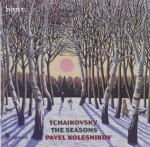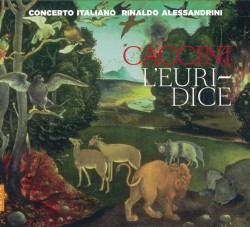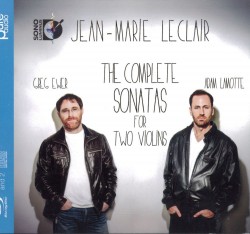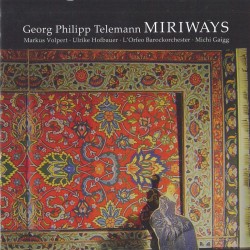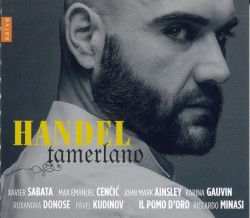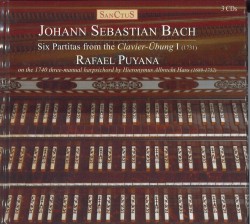In the Night - Stephen Hough
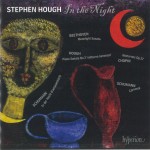 In the Night
In the Night
Stephen Hough
Hyperion CDA67996
Pianist Stephen Hough is absolutely brilliant in his solo release In the Night where the many aspects of night, from nightmares to insomnia to deep sleep to bliss, are given a pianistic rendition. Beethoven’s Piano Sonata in C sharp minor “Moonlight” is an obvious inclusion here. Hough begins with thoughtful reflection and a mournful lyrical melodic statement which weaves around a steady rhythmic framework and sets the stage for an emotionally dark yet hopeful performance. Likewise his performances of Frederic Chopin’s Two Nocturnes Op.27 are charged and driven by deep musical maturity. Both Robert Schumann’s In der Nacht from Fantasiestucke, Op.12 and Carnaval are performed with technical and musical wizardry.
The pianist’s own composition Piano Sonata No.2 “notturno luminoso” is a tour de force. It is always such a joy to hear composers perform their own work. Though clearly steeped in romantic attributes, Hough chooses more modern jazz-evoking harmonies, witty repartees between high and low pitches, and excursions into sharp, flat and natural sections to evoke the many sides of nighttime living. From crashing percussion chords which never overwhelm, to sudden silences, to a soothing final cadence lulling one to sleep, Hough musically evokes nighttime at its very, very best and very, very worst.
Superb production qualities, well-written liner notes, a great performer and a great choice in repertoire make In the Night piano music to listen to any time of day.


